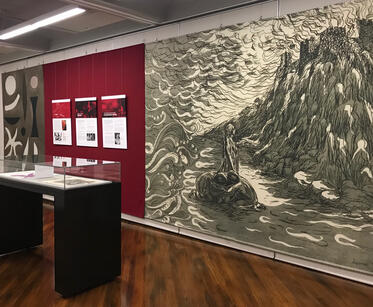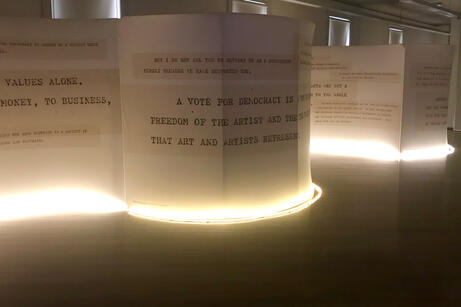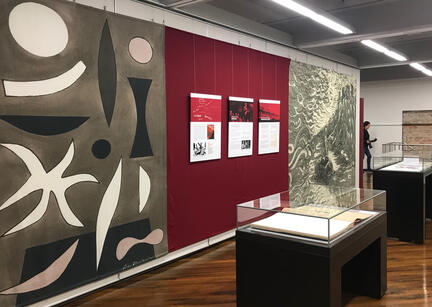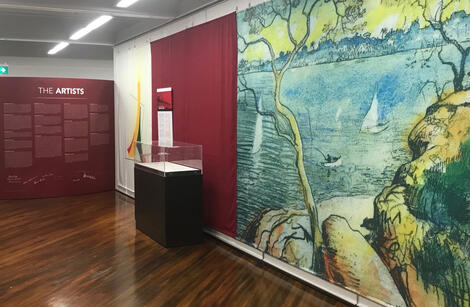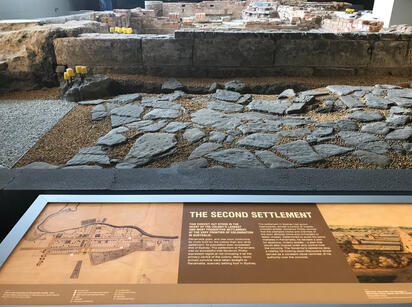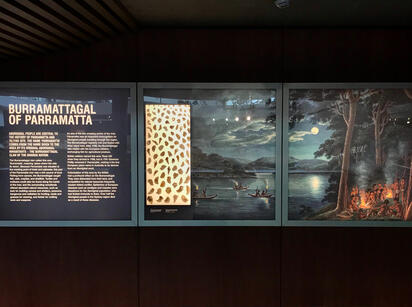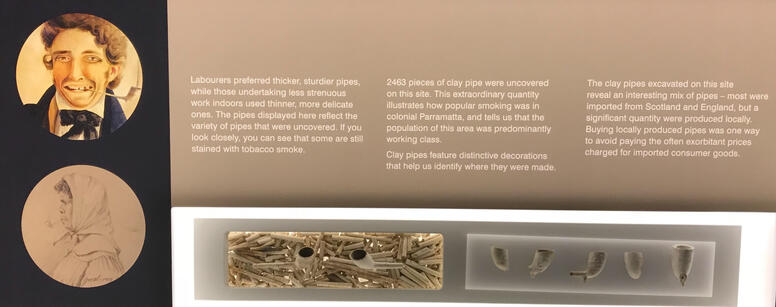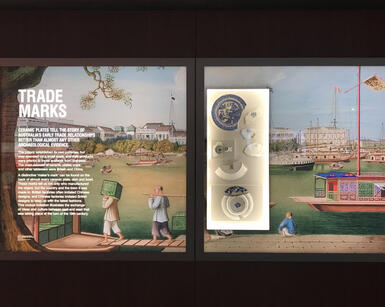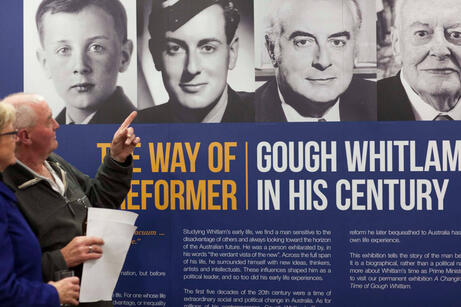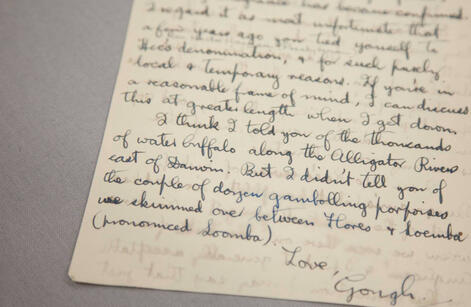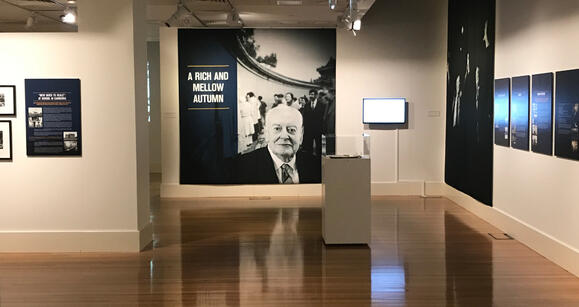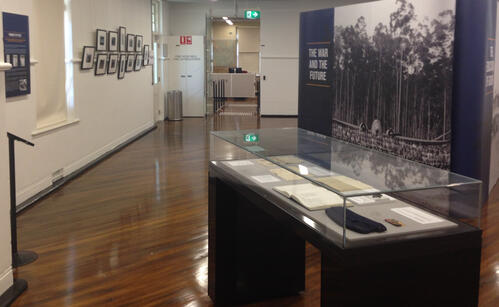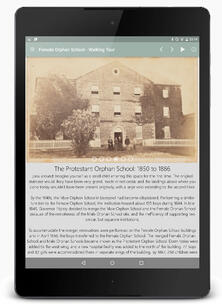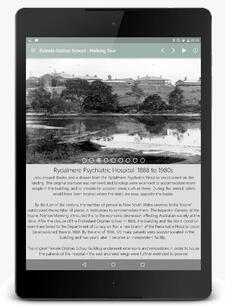Guy Betts
Curator
Guy is a consultant curator based in Sydney, Australia.
He has extensive experience in the development of exhibitions and cultural projects that engage the public with history, art and heritage. His areas of subject matter expertise include Australian art, history and architecture.
EXPERTISE
Curating exhibitions and contemporary art projects
Interpreting heritage and archaeological sites
Developing digital public history projects
Writing catalogue and exhibition essays
Undertaking original historical research
Preparing heritage interpretation strategies
Managing cultural collections
QUALIFICATIONS
Guy holds the following qualifications from the University of Sydney:
Bachelor of Social Sciences (History, Government and International Relations)
Bachelor of Arts (Hons I, History)
Graduate Diploma of Museum Studies
Guy is a registered member of the International Council of Museums (ICOM)
SELECTED PAST PROJECTS
Dedicated to the Dedicated: Whitlam, democracy and the arts
This exhibition examined the legacy of the Whitlam Government in arts policy. The centerpiece of the exhibition was the 'Whitlam Folio' - a unique collection of artworks that was gifted to Gough and Margaret Whitlam in 1979 in recognition of their support for the arts in Australia. The exhibition marked the first public display of the folio, which includes works by John Olsen, Brett Whiteley, Lloyd Rees, John Coburn and Arthur Boyd.
The exhibition positioned the folio as the physical embodiment of the relationship between Whitlam and Australia's arts community. It explored the relationship between the arts and the democratic state as well as the philosophy that underlies state patronage of creative endeavour. The exhibition reflected on Whitlam's view of the role of the arts in society - as the guarantor of free speech, as a human need as fundamental as health and education and as a field of experimentation that would nurture a distinctive national identity.
The exhibition also focused on the the 'Whitlam moment' in Australian culture - that transformational period in the 1970s in which Australia's cultural identity was challenged, questioned and reformulated.
The gallery space was elivened with the inclusion of a soundscape of Australian compositions from the period explored in the exhibition narrative. Contemporary responses to the Whitlam legacy in the arts were presented in interviews recorded especially for the exhibition and the inclusion of contemporary artist Grant Stevens' 2014 video work, 'Just Dawn'. Visitors were also invited to share their reflections on the relationship between art, democracy and the political realm in a participatory exhibition element that grew and evolved throughout the course of the exhibition. Digital interactive elements were developed for the exhibition to allow visitors to virtually leaf through the pages of the folio.
The exhibition was presented by the Whitlam Institute within Western Sydney University in 2019.
Interpretation of convict hut site, Parramatta
This project was centered on the archaeological remains of one of the earliest structures built in the colonial period - a convict hut dating from the late 1790s in central Parramatta. The interpretation described the significance of the extant remains of the original building, as well as several other structures built on the site over the subsequent two centuries. Both in-situ archaeology as well as excavated artefacts were incorporated into an engaging, accessible and holistic interpretation. The interpretation situated the site within its local, national and international historical context, as well as the site's relationship with Indigenous people of the area.
The Way of the Reformer: Gough Whitlam in his Century
Presented to mark the centenary of Gough Whitlam's birth in 1916, this exhibition weaved together a biographical narrative and a political legacy. The exhibition deliberately excluded the years of the Whitlam Government itself from the scope of its narrative, focusing instead on his life prior to that time, and tracing the influence of Whitlam's life experience on the policy agenda he would later enact as Prime Minister.
Rarely shown objects were shared with the public, including poetry penned by Whitlam as a child, correspondence between Whitlam and his family and Whitam's treasured flight log books from World War Two. Digital interactives were developed for the exhibition, allowing visitors to examine documents such as Whitlam's school reports in close detail.
The exhibition was presented by the Whitlam Institute at the University of Western Sydney before touring to the National Archives of Australia and a number of cultural institutions throughout New South Wales.
Heritage interpretation of Female Orphan School building
This project involved the development of a comprehensive interpretation of the historic Female Orphan School building in Parramatta, dating from 1814. It traced the development of the building from its origins as the Female Orphan School through the period of its use as the Rydalmere Psychiatric Hospital to its present functions. The interpretation was based on thorough primary research and presented historical photography, documents and accessible historical context. It sought to connect contemporary visitors with the experiences of those whose lives the building had shaped across the previous two centuries.
This content has been presented in a variety of forms, including self guided tours utilising augmented reality technology, on-site interpretation panels and a website.
CONTACT
Background image: 'Sydney from Bennelong's Point, New South Wales' (detail), 1820, Walter Preston, National Library of Australia, nla.obj-135864685
I live and work on Gadigal country. I pay my respects to the traditional custodians of this land and its Elders past, present and emerging. I also express my gratitude and respect to the Bidjigal people on whose country I grew up.
